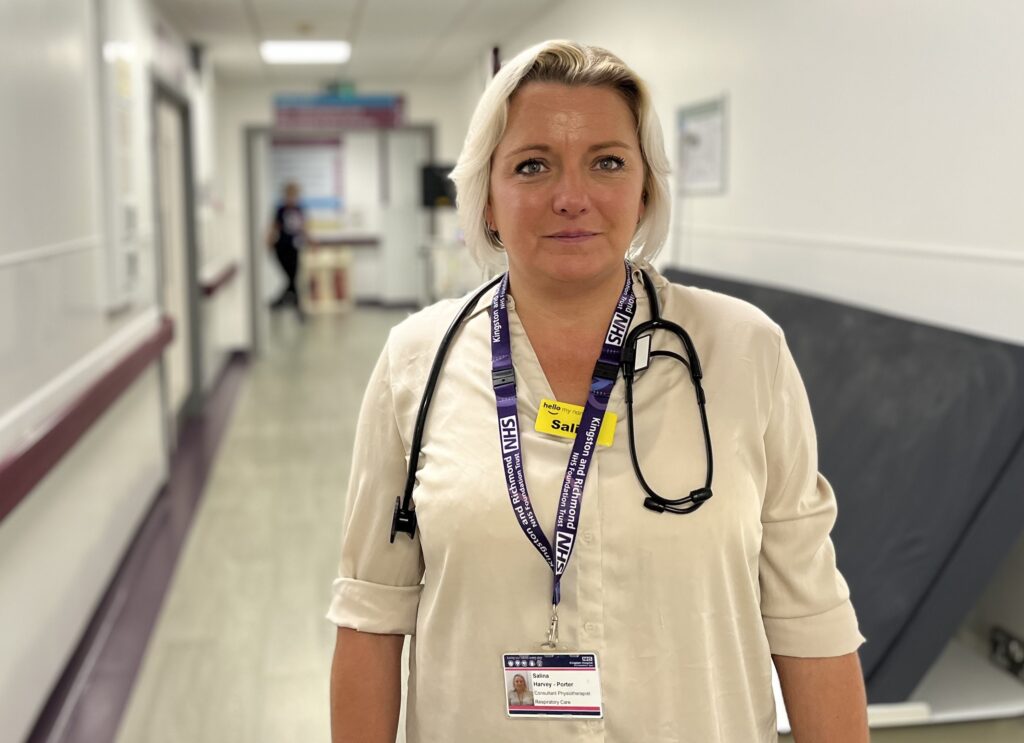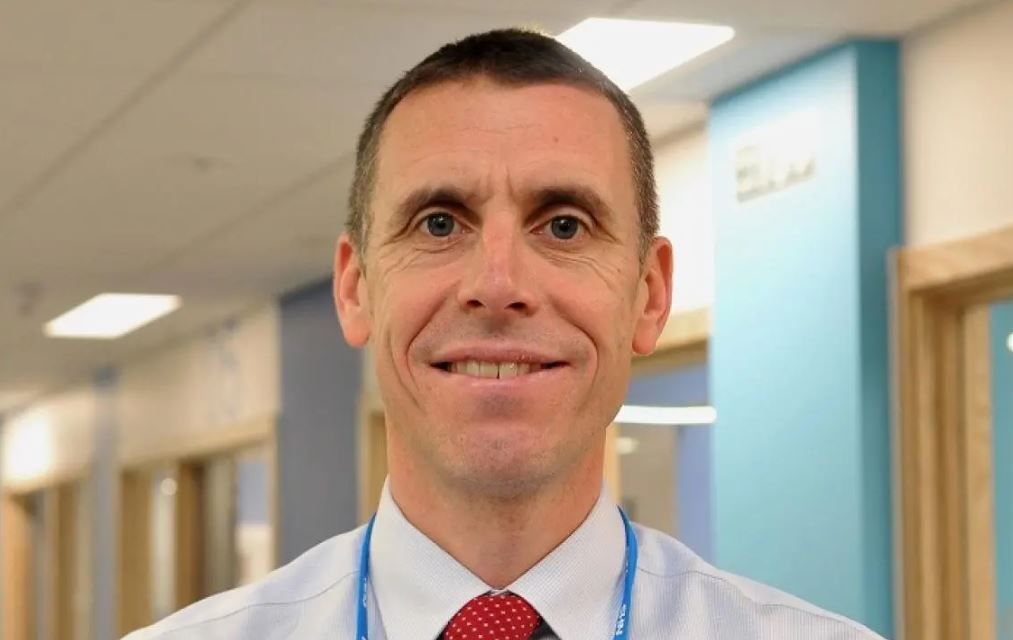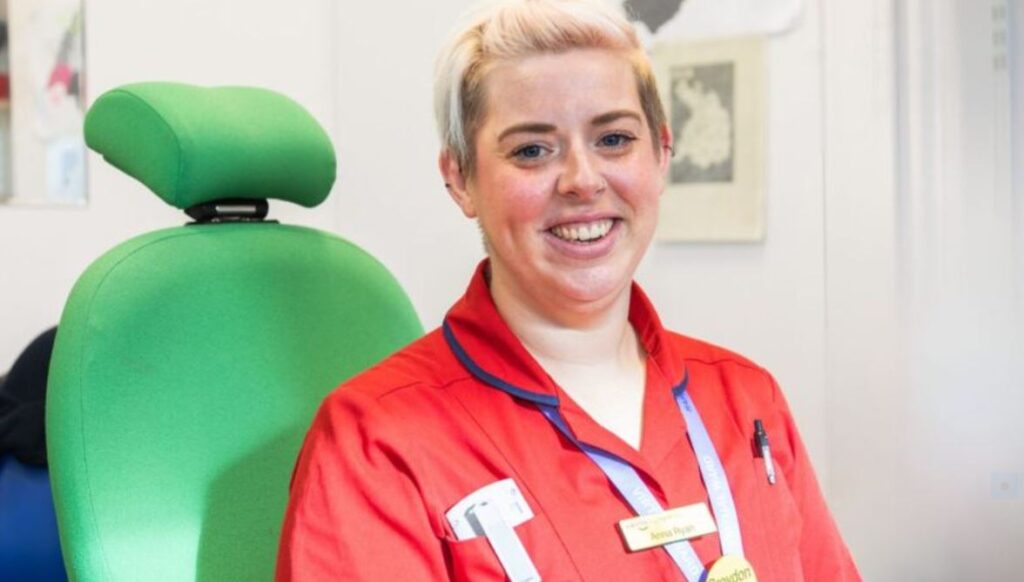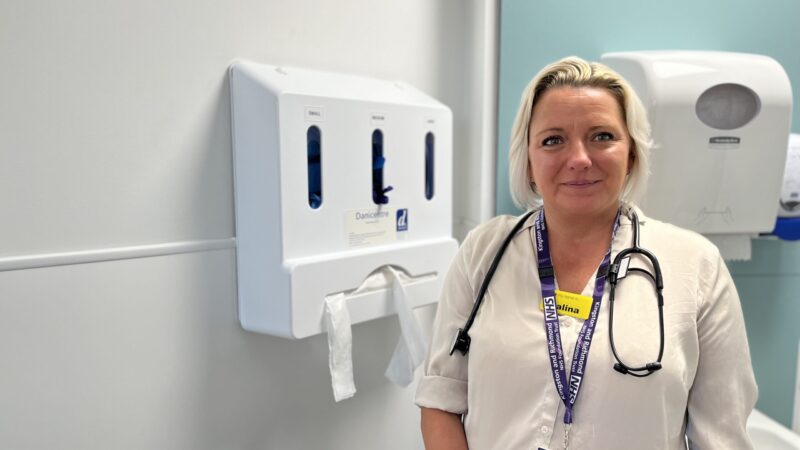There are hundreds of things the NHS and social care organisations in south west London are doing to help people stay well this winter – we’re sharing 10 points from the winter plan.
One of these 10 points is ‘virtual wards’ – which see people receive hospital-level care from the comfort of their own home, with tech-enabled 24/7 monitoring.
Last year south west Londoners spent more than 56,650 days being cared for in virtual wards at home, meaning that the same number of bed days were freed up in hospitals.
There are 415 ‘virtual beds’ available in south west London which are supported by one of four virtual wards teams.
They are a key component in supporting local people in their own homes, while also ensuring they get home from hospital as quickly as possible.
Patients prefer it, their families prefer it and, importantly, we know it’s safe.
Dr Robert Odes on the benefits of virtual wards
Referrals are taken from primary care, NHS111, community services, care homes, direct from the London Ambulance Service and from all hospitals in south west London.
Dr Robert Odes, Consultant Physician, Frailty Medicine at St Helier Hospital, believes that virtual wards have changed the way that the hospital practices medicine.
He said: “before, patients spent many, many days in our hospital wards but now we can safely and efficiently discharge patients into the community where they receive their last three to four days of treatment. Patients prefer it, their families prefer it and, importantly, we know it’s safe.”
The success of south west London’s virtual wards in figures is mirrored by the positive feedback from patients using them.
Research by Healthwatch organisations across south west London has shown a positive view of virtual wards “across the board” and allowed people to avoid “the stress of hospital environments” while also highlighting technology issues for some. Healthwatch Croydon found that 87% of patients who have used a virtual ward expressed a preference for being treated at home in one rather than in hospital.

Salina Harvey-Porter, who works with the Kingston Hospital virtual ward team, said: “Feedback from patients is that most people would prefer to avoid a hospital stay if it is safe to do so. There are also many health benefits to recovering at home, in familiar and comfortable surroundings.”
Each of the four virtual wards operate in a slightly different way which reflect the different need of the people and services across south west London.
There are also many health benefits to recovering at home, in familiar and comfortable surroundings.
Salina Harvey-Porter
With more and more people using the virtual wards – the focus is now on the future and starting to develop services further – helped by sharing information and best practice.
Matthew Kershaw, Senior Responsible Officer for south west London’s virtual ward programme, explains: “Our local virtual wards have been incredibly successful in terms of freeing up beds in our hospitals. Which is why, we are considering how to potentially widen the number of conditions that can be referred to the virtual wards, what services the referrals come from and how we can work closely with other services, including hospice care.

“There is also a big focus on increasing the use of technology for monitoring patients around the clock through south west London’s remote monitoring hub.”
The hub, which was launched around 18 months ago, allows patients to be put on continuous monitoring equipment – a wearable armband that can measure oxygen saturation, pulse rate, skin temperature, and respiration rates.

Anna Ryan, Virtual Ward matron at Croydon Health Services, explains: “If someone needs to be in hospital, they need to be there. But we know that sleep and peace and quiet aid recovery and when you’re ill you just want to be in your own bed. If we can support them to be monitored at home, then that’s absolutely what we should be doing.
“Everyone gets a tablet device so they can send and receive messages. If they tell us they don’t feel well, they’ll automatically get a phone call from a nurse who would organise a visit if needed.”
We know that sleep and peace and quiet aid recovery and when you’re ill you just want to be in your own bed.
Virtual ward matron, Anna Ryan
Further information about south west London virtual wards:
- Success in easing the pressure on NHS services, particularly during winter, can be seen in data from March 2023 to April 2024 covering the Kingston and Richmond, Merton and Wandsworth, Sutton and Croydon virtual wards.
- It shows that more than 4,960 hospital admissions were avoided by patients using a virtual ward, which roughly equates to around 18,000 hospital bed days saved.
- And more than 3,900 people were safely discharged early from hospital because there was a virtual ward available for them at home – roughly equivalent to nearly 4,700 saved bed days.
- Meanwhile, the Central London Community Healthcare Trust (CLCH) Hospital at Home Service in Wandsworth and Merton combines technology and face-to-face visits to allow care, including diagnostics and treatment, to be carried out to help reduce unnecessary delays to discharge and unnecessary admissions to hospital.
- Since its launch in December 2021, CLCH estimates the initiative has saved more than 4,800 hospital bed days in Wandsworth and Merton, as of August 2024.The success of south west London’s virtual wards in figures is mirrored by the positive feedback from patients using them.
